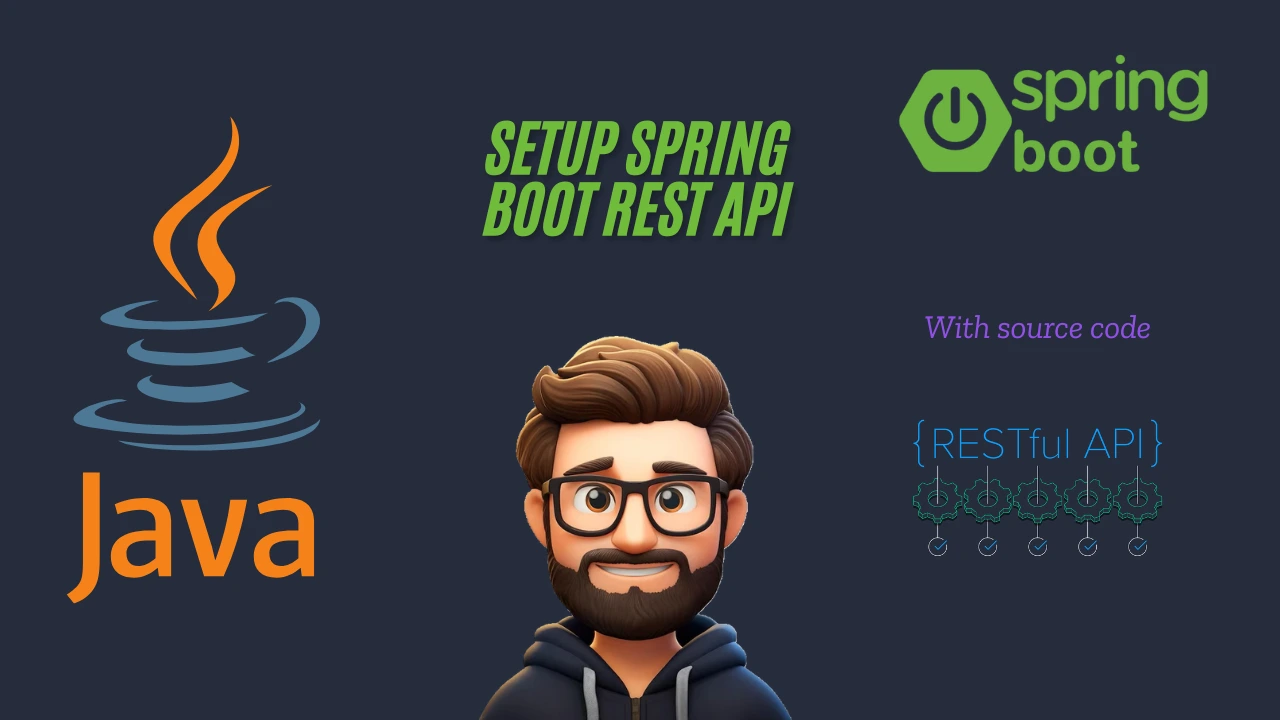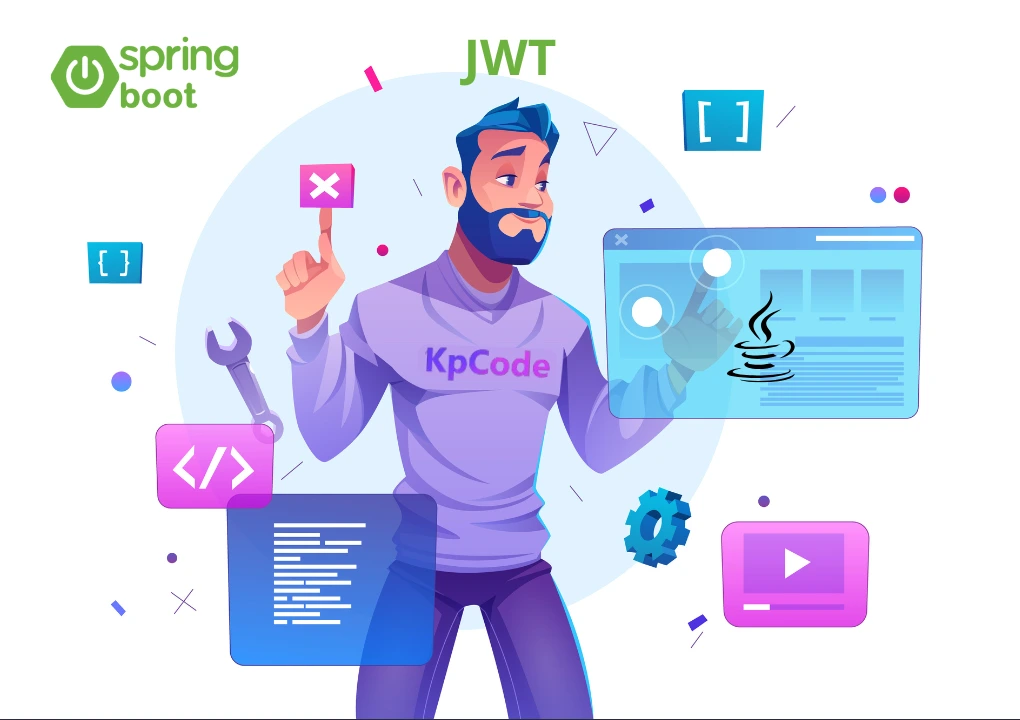How to Build a Spring Boot REST API with Java
REST API ( Representational State Transfer Application Programming Interface) is a set of rules and conventions for building and interacting with web services. It allows different software systems to communicate over the web using standard protocals and methods like HTTP.
Spring Boot makes it easy to create robust and scalable REST APIs using Java. In this guide, we’ll walk through the steps to build a simple REST API using Spring Boot, covering everything from project setup to deploying the API.
Prerequisites
Before we begin, ensure you have the following installed:
-
Java Development Kit (JDK) 17+
-
Maven or Gradle
-
Spring Boot CLI (optional)
-
An IDE (IntelliJ IDEA, Eclipse, or VS Code)
Step 1: Create a Spring Boot Project
you can setup a Spring Boot project using
- Spring Initializr
- your IDE (e.g. NetBeans, Eclipse, etc)
- Then generate code
- Open your IDE
- Click File --> Click Import Project from File System --> Then import folder
Step 2: Connecting Spring Boot to the Database
Modify src/main/resources/application.properties to configure your application. For example, if using H2 Database:
spring.jpa.hibernate.ddl-auto=update
spring.datasource.url=jdbc:mysql://localhost:3306/demoDb
spring.datasource.username=root
spring.datasource.password=
spring.datasource.driver-class-name=com.mysql.cj.jdbc.Driver
spring.jpa.show-sql: true
Step 3: Creating a Model Class
Create a simple Java class representing a resource in src/main/java/com/example/demo/model/Product.java:
package com.example.demo.model;import jakarta.persistence.*;@Entitypublic class Product {@Id@GeneratedValue(strategy = GenerationType.IDENTITY)private Long id;private String name;private double price;//Constructorpublic Product(Long id, String name, double price) {super();this.id = id;this.name = name;this.price = price;}//getter and setterpublic Long getId() {return id;}public void setId(Long id) {this.id = id;}public String getName() {return name;}public void setName(String name) {this.name = name;}public double getPrice() {return price;}public void setPrice(double price) {this.price = price;}}
Step 4: Create a Repository
Create an interface extending JpaRepository to handle database operations in src/main/java/com/example/demo/repository/ProductRepository.java:
package com.example.demo.repository;import org.springframework.data.jpa.repository.JpaRepository;import org.springframework.stereotype.Repository;import com.example.demo.model.Product;@Repositorypublic interface ProductRepository extends JpaRepository<Product, Long> {}
Step 5: Create a Service Layer
Create a service to manage business logic in src/main/java/com/example/demo/service/ProductService.java:
package com.example.demo.service;import java.util.List;import java.util.Optional;import org.springframework.beans.factory.annotation.Autowired;import org.springframework.stereotype.Service;import com.example.demo.model.Product;import com.example.demo.repository.ProductRepository;@Servicepublic class ProductService {@Autowiredprivate ProductRepository productRepository;public List<Product> getAllProducts() {return productRepository.findAll();}public Optional<Product> getProductById(Long id) {return productRepository.findById(id);}public Product saveProduct(Product product) {return productRepository.save(product);}public void deleteProduct(Long id) {productRepository.deleteById(id);}}
Step 6: Create a REST Controller
Create a RESTful controller to expose API endpoints in src/main/java/com/example/demo/controller/ProductController.java:
package com.example.demo.controller;import java.util.List;import java.util.Optional;import org.springframework.beans.factory.annotation.Autowired;import org.springframework.web.bind.annotation.*;import com.example.demo.model.Product;import com.example.demo.service.ProductService;@RestController@RequestMapping("/api/products")public class ProductController {@Autowiredprivate ProductService productService;@GetMappingpublic List<Product> getAllProducts() {return productService.getAllProducts();}@GetMapping("/{id}")public Optional<Product> getProductById(@PathVariable Long id) {return productService.getProductById(id);}@PostMappingpublic Product createProduct(@RequestBody Product product) {return productService.saveProduct(product);}@DeleteMapping("/{id}")public void deleteProduct(@PathVariable Long id) {productService.deleteProduct(id);}}
Step 7: Run XAMPP Control Panel
Start MySQL service
Step 8: Run the Application
Run your Spring Boot application
The API will be available at http://localhost:8080/api/products.
Step 9: Test the API
You can use Postman or cURL to test the API endpoints.
- Get all products:
curl -XGET http://localhost:8080/api/products
- Create a product:
curl -X POST http://localhost:8080/api/products -H "Content-Type: application/json" -d '{"name": "Laptop", "price": 1200.0}'
- Delete a product:
curl -X DELETE http://localhost:8080/api/products/1
NOTE : You can use lombok for better boilerplates




Krishna Pariyar
Apr 07,2025Please checkout our latest blogs article you may definately meet your need ✌️